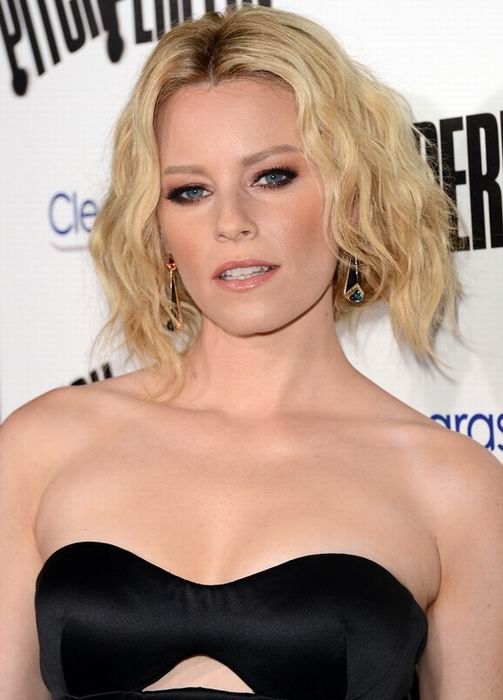|
|
Men's Health 100 Hottest Women Of 2013
|
As of 2012 Men's Health publishes 39 foreign editions across 46 countries, up from 20 editions in 2001. The magazine does not run ads for tobacco or liquor companies; they also do not run ads for supplements and herbal remedies.
David Zinczenko has been the editor-in-chief of Men's Health since 2000. Ronan Gardiner is the publisher. During this period, the magazine's circulation has grown 30 percent, and ad pages have grown 80 percent, from 700 pages to 1150. In 2000, they had 21 international editions. In 2001 they were consistently selling 400,000 copies at newsstands and overall circulation was 1.6 million. In 2001, the magazine started the annual list of cities with the healthiest men based on twenty "live-long parameters, including death rates (both homicide and disease); illness rates (high blood pressure, heart disease, stroke, etc.); body-mass index; fitness training; even environmental factors like number of parks, golf courses, etc." In 2003, the circulation was 1.7 million. In 2006, the circulation was close to 1.8 million. As of June 2011, the circulation was 1.89 million.
Men's Health magazine has been criticized for its relentless focus on developing the perfect body, which can increase men's anxieties about their bodies, making them more prone to eating disorders and compulsive over-exercising. Says The New York Times, "Since its debut in the late 1980's, the magazine has surpassed traditional men's books like Esquire and GQ by following the formula of best-selling women's magazines — by catering to men's anxieties about their bodies and sexual performance." Columbia Journalism Review stated the magazine "deals overwhelmingly with self-care and, in fact, exaggerates the possibilities for autonomous personal transformation." Zinczenko argues that the magazine works towards "overcoming the resistance of the 86-percent male audience to health as a subject" and redefining health as "inclusive of everything that could improve a man's life. Great sex. Great food. Endorphin-boosting exercise. Looking and feeling your best. We turned health into a concept every guy would want to embrace, starting with the healthy guy on the cover."
The magazine has also been criticized for reusing cover taglines. In response, Zinczenko explained that the majority of magazine sales—80 percent—are subscription and those covers vary from the newsstand version. Says Zinczenko, "Twenty years of Men's Health has certainly produced several lines that have proven themselves effective at newsstand, which makes up about 20 percent of our print run. We plan to keep using the most effective marketing tools to reach the largest market we possibly can." In July 2010, the magazine was criticized for including tiny credit lines on the cover rather than inside as a possible quid-pro-quo for advertisers. Zinczenko explained the lines were a service to readers, saving them the need to dig for the information, and that Men's Health had been including the lines across the board for over a year, regardless of advertiser status. A spokesperson for American Society of Magazine Editors confirmed that no rules were broken and the director for print strategy at a media planning and buying firm said the mention was "too small of a plug to get brands excited."
|
|









